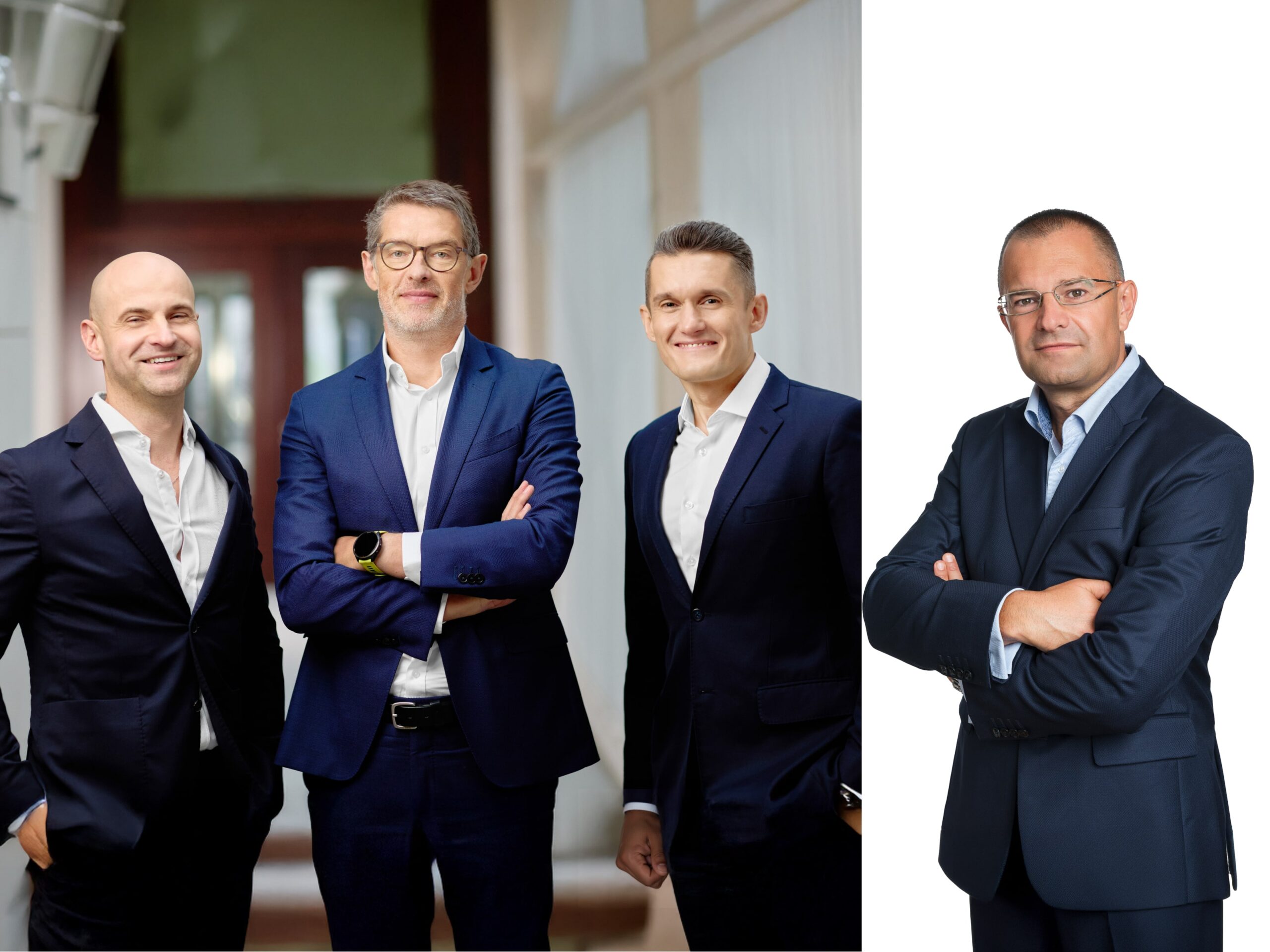The District 2025 will take place from 30 September to 2 October in Barcelona. The event will explore the megatrends driving property investment across the continent, guided by current macroeconomic data.
Within this context, the European environment is anchored to a 2 percent interest rate, set by the European Central Bank in its most recent revision and expected to remain stable over the coming months. This rate is fostering a recovery in transaction volumes. According to CBRE, real estate investment in Europe reached €45 billion in Q1 2025—a 6 percent year-on-year increase—with retail seeing a notable rebound of over 26 percentage points compared to the same period last year.
Political shifts in key nations such as the United States and Germany are also redefining the property market both within the EU and globally. These developments are reshaping asset valuations and creating new opportunities. Southern European countries—Italy, Spain, Greece, and Portugal—have emerged as key areas of interest due to their perceived stability and attractive margins, according to industry experts.
To analyse this landscape and identify the most profitable strategies, the District 2025 will bring together over 450 global speakers, including leading figures from capital firms and funds. Confirmed participants include Paul Brennan, Partner & Co-Head of Real Estate at King Street; Michael Abel, Founder and CEO of Greykite; Maria Terzini, Principal at TPG Europe; and Harm Janssen, CEO of developer BPD Europe.
Modernising assets
Amid a macroeconomic backdrop more robust than in recent years, one notable trend is the rising prominence of value-add strategies, supported by current capital availability. These strategies involve upgrading or repositioning assets to enhance their value and reintroducing them to the market with higher returns.
Cushman & Wakefield data highlights offices as particularly well-suited to this approach. The consultancy reports that over 170 million m² of office space—approximately 70 percent of the stock across 16 European cities—faces obsolescence by 2030. As a result, value-add strategies are gaining traction among investors for the remainder of 2025 and into early 2026. Industry leaders such as Sergio Fernándes, Head of Capital Markets Iberia at JLL; Jacopo Burgio, Managing Director at TPG Angelo Gordon; and Edmund Eggins, Head of Spanish Operations at Ardian Real Estate, will discuss how this strategy is unlocking value from previously undervalued assets.
Alternative markets boost financing
Private capital, mezzanine debt—offering higher returns at greater risk than traditional loans—and hybrid structures are also gaining momentum. JP Morgan reports that Europe attracted a record €26.4 billion in private credit in Q1 2025, underlining the growing prominence of alternative capital over traditional banking. The continent is now home to a financing ecosystem in which insurers, debt funds, and investment banks play a leading role.
This influx of liquidity opens the door to more flexible financing for repositioning and development projects, aligning with current cycle dynamics and enhancing the real estate sector’s resilience amid tightening regulations and reduced bank lending. Matt Calner, Managing Partner at Stronghold Partners; Asier Uriarte, Director of Izilend, an alternative financing vehicle managed by FS Capital; and Itamar Volkov, Founder of Frux Capital, will examine the influence of these players in providing funding for property initiatives across Europe.
Sustainable investment: A requirement for the industry
In 2025, the real estate industry is also increasingly defined by its commitment to reducing environmental impact. According to CBRE, 95 percent of investors cite sustainability as a key factor in decision-making, due to the profitability it brings across asset classes. For instance, office buildings with environmental certifications can achieve rental premiums of up to 5.5 percent. Logistics facilities adhering to ESG standards can increase in value by 19 percent and yield rental returns between 5 percent and 20 percent, according to market reports. These improvements focus on photovoltaics, LED lighting, and sensor technology.
The positive metrics associated with green investments confirm the strong performance and resilience of such portfolios. With contributions from RICS, Cushman & Wakefield, JLL, and sustainability experts, The District 2025 will explore asset modernisation and decarbonisation strategies for buildings and urban environments, enhancing their potential and ensuring alignment with evolving environmental requirements.







